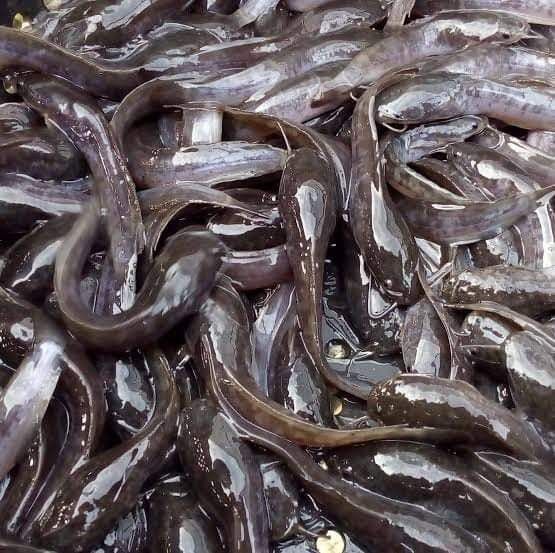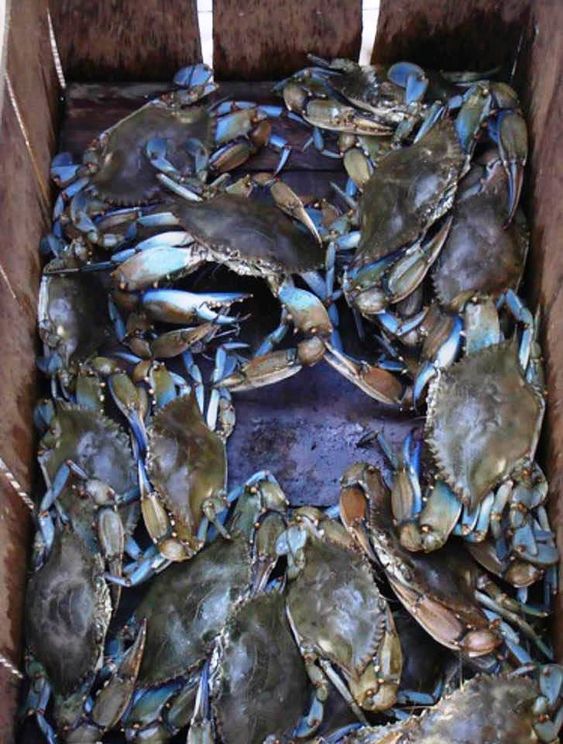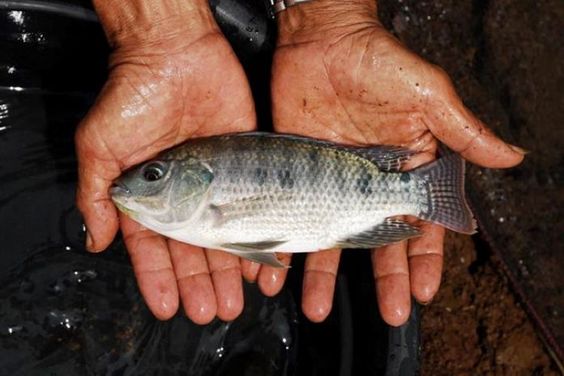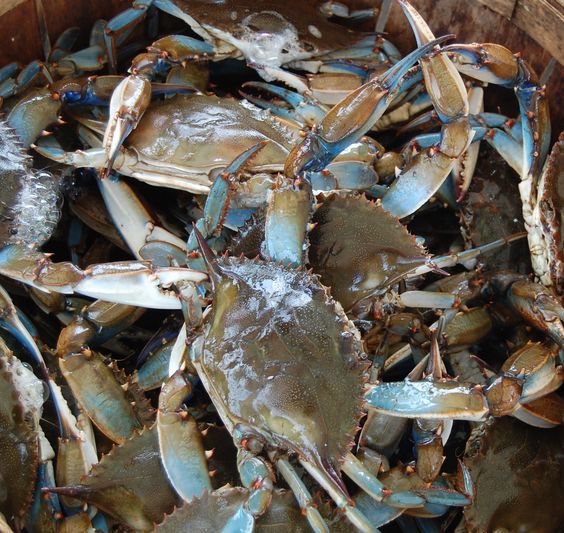Excess Catfish: From Pond to Potential Problems
Excess Catfish, a popular and versatile freshwater fish, boasts a mild flavor and health benefits like lean protein and omega-3 fatty acids. However, with rising aquaculture (fish farming) and fluctuating market demands, the issue of excess catfish production can arise. This excess can impact not only catfish farmers but also the environment and potentially even consumers. Let’s dive deeper into the world of excess catfish, exploring its causes, consequences, and potential solutions.
Contents
Causes of Excess Catfish
Several factors contribute to an oversupply of catfish:
- Market Fluctuations: Consumer preferences can be fickle. A sudden decrease in demand for catfish, perhaps due to a trend towards other seafood options, can leave farmers with excess stock.
- Overproduction: Driven by factors like technological advancements in aquaculture or optimistic market projections, farmers might produce more catfish than the market can readily absorb.
- Seasonality: Catfish farming often follows a seasonal cycle. If a large portion of farmers harvest their fish at the same time, it can lead to a temporary glut in the market.
- Imports and Competition: Increased imports of catfish from other countries can create competition for domestic producers, potentially leading to a surplus.
Consequences of Excess Catfish
Excess catfish can have a domino effect on various stakeholders:
- Economic Impact on Farmers: When supply exceeds demand, catfish prices inevitably fall. This can squeeze farmer profits, making it difficult to cover production costs and potentially leading to financial hardship.
- Environmental Concerns: Large-scale aquaculture can have environmental consequences. Excess nutrients from uneaten catfish feed can pollute waterways, potentially leading to algal blooms and oxygen depletion.
- Product Waste: If catfish spoils before reaching consumers, it represents a significant waste of resources invested in its production. This can be financially detrimental to farmers and ethically concerning.
- Consumer Considerations: While generally safe, some studies suggest that farm-raised catfish fed an imbalanced diet might have a less favorable omega-6 to omega-3 fatty acid ratio.
Managing Excess Catfish: Strategies and Solutions
There’s no one-size-fits-all solution to excess catfish, but several strategies can help mitigate the issue:
- Market Diversification: Farmers can explore new markets for their product, such as selling to restaurants specializing in catfish dishes or developing value-added products like catfish nuggets or smoked catfish.
- Inventory Management: Implementing better forecasting techniques and coordinating harvest times amongst farmers can help prevent market gluts.
- Processing and Value Addition: Processing excess catfish into frozen fillets, breaded products, or even pet food can extend shelf life and create new market opportunities.
- Government Intervention: Government programs to support catfish farmers during periods of excess supply, such as buyback initiatives or export promotion programs, can provide some relief.
- Consumer Awareness: Educating consumers about the versatility and health benefits of catfish can encourage increased consumption and support for domestic producers.
- Sustainable Practices: Adopting sustainable aquaculture practices, such as using low-pollution feeds and efficient water management systems, can minimize the environmental impact of excess production.
The Future of Catfish: Innovation and Sustainability
The catfish industry is constantly evolving. Here are some promising trends:
- Aquaponics: This integrated system combines aquaculture (raising fish) with hydroponics (growing plants in water). The nutrient-rich water from the fish tank provides fertilizer for the plants, creating a closed-loop system that minimizes waste.
- Alternative Feeds: Research on using more sustainable feed sources for catfish, like insect protein or algae, can reduce reliance on traditional fishmeal and minimize environmental impact.
- Traceability and Certification: Consumers increasingly seek responsibly sourced seafood. Initiatives promoting traceable and sustainable catfish farming practices can build trust and brand loyalty.
By implementing a combination of these strategies, the catfish industry can navigate challenges associated with excess production. Through innovation, responsible practices, and consumer education, catfish can continue to be a viable and sustainable source of protein for the future.
Additional Considerations:
- This information is primarily focused on commercially farmed catfish. There are also ecological concerns regarding invasive catfish species in certain regions, which is a separate issue.
- While moderate consumption of catfish is generally safe, it’s always advisable to include a variety of protein sources in your diet.
I hope this comprehensive overview provides you with a better understanding of the complexities surrounding excess catfish production. By working together, stakeholders can ensure the long-term sustainability and success of the catfish industry.






